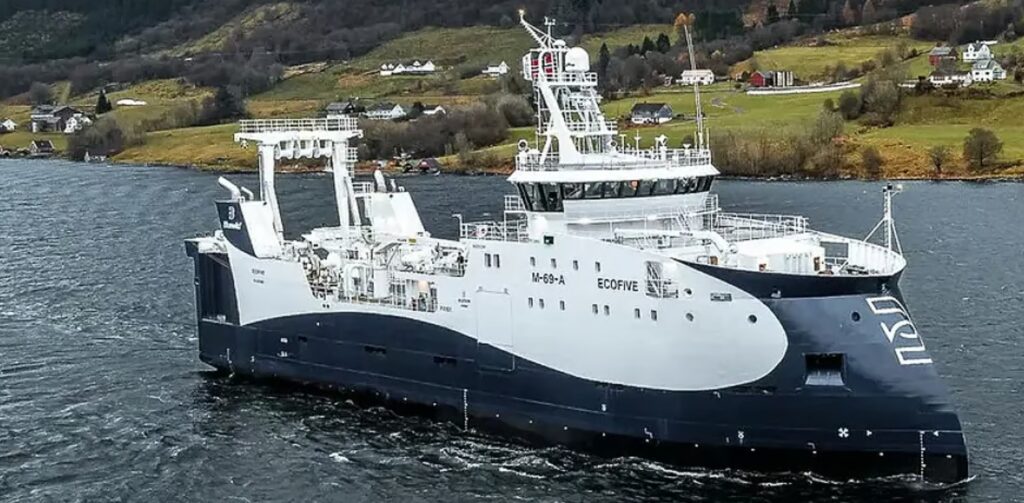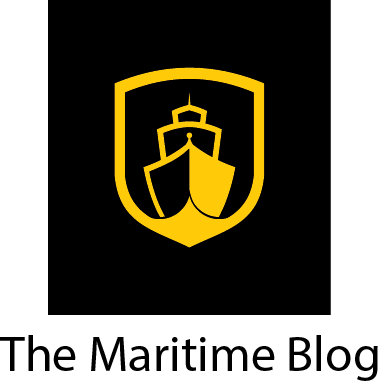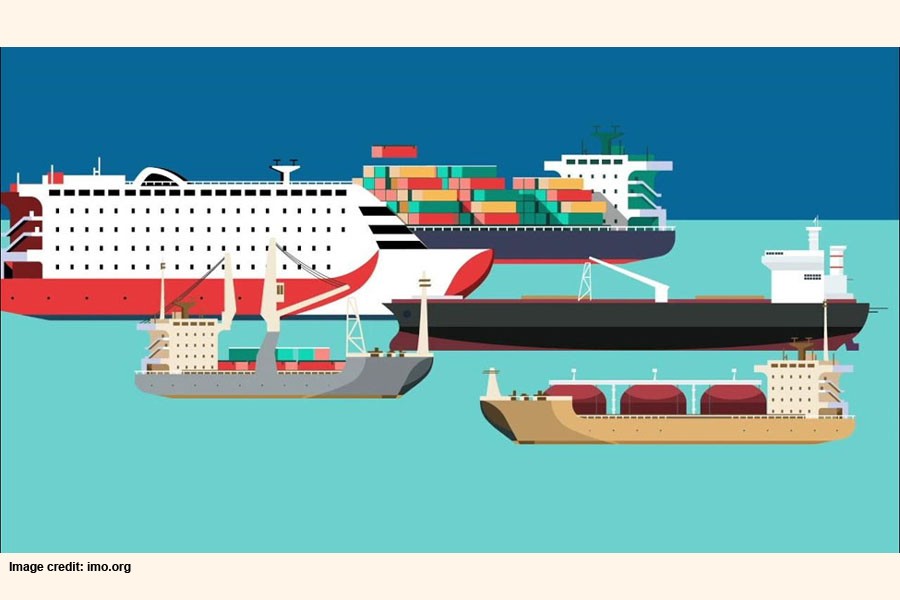search the site
VESSEL REVIEW | Ecofive – New Norwegian shrimp and whitefish trawler boasts innovative catch handling setup

Norway’s Westcon Yards recently delivered a new factory trawler to local seafood company Bluewild.
Designed by Norway’s Ulstein Design and Solutions, the DNV-classed Ecofive (an abbreviation of “Eco-Friendly Fishing Vessel”) was developed to ensure 100 per cent catch utilisation, minimised quality losses during handling, and reduced energy consumption. The concept focuses on utilising resources so that the main product, the by-products, and residual raw materials will be of very high quality.
The newbuild has a steel hull, a length of 74 metres (240 feet), a beam of 16.8 metres (55.1 feet), a displacement of 2,200 tonnes, a speed of 14.5 knots, and accommodation for 30 personnel. The propulsion delivers bollard pulls of 85 tonnes at 2.5 knots and 75 tonnes at 4.5 knots.
The cargo hold has a total capacity of 2,000 cubic metres (70,000 cubic feet) for storing up to 1,200 tonnes of catch as well as a freezing capacity of 100 tonnes per day. The fishing equipment meanwhile includes four 70-metre (230-foot) shrimp trawls from Vonin.
Catch handling optimised for preserving quality up until processing

EcofiveMarineTraffic.com/Svein Egil Okland
To prevent significant quality losses during the handling and intermediate storage of the catch, Ulstein developed a concept in which the catch flows into the storage tanks from below the waterline. The catch does not leave the water and is thus not exposed to the same physical stresses or degradation as when hauling a trawl over the stern ramp before emptying it into dry receiving bins.
An increase in the quality of the fish product can be achieved through careful handling of the catch, by avoiding squeezing and pressure, and by storing the catch alive until production. The better quality is ensured through a new gentle reception solution for the catch that is better adapted for live storage and with an optimised flow of the catch into the factory.
The handling and monitoring system, which can be controlled from the bridge, was supplied by Cflow. The handling activities include loading, unloading and segregation, while monitoring of water quality is via cameras and lights.
In the aft live storage tanks, fish and shrimp can be kept alive due to controlled water exchange, oxygen supply, and temperature control. The catch is controlled and will be brought to the upper factory deck by overpressure release. Thus, the typical damage to the catch that can occur when using negative pressure pumping will be avoided.

Shrimp trawlsVonin
As the catch stays alive longer in the receiving tanks, the factory can work steadily with smaller variations in production rates. The factory orders catch from the receiving tanks when it has available capacity without the loss of quality that follows when the catch is kept in dry receiving tanks.
After bleeding, the fish will pass through cooling pipes to lower their temperature, which contributes to improved bleeding and faster freezing. CO2 is used for the freezing plant supplied by PTG, which also provided the plate freezers and the IQF freezers.
In addition to being a safe alternative, the temperatures can be kept far lower, down to –35 degrees Celsius, and thus ensure more efficient freezing. It improves energy efficiency and helps to ensure product quality by reducing the possibility of the formation of large ice crystals that could otherwise damage fish cells and tissue fibres.
The factory area on board has also been increased so that there is sufficient space for processing the high-quality catch, the remaining catch, and treatment of the residual raw material. The factory can produce fillets from whitefish, cooked and single-frozen consumer prawns or deliver raw prawns frozen in blocks for further production on land.
All the residual raw material will be taken care of so that it can also be used for human consumption. With a separate process for the by-catch, the cut-off will be separated from and frozen in blocks.
The same happens with the head, back, and tail, while the entrails will be used in the production of unoxidised oil in a low-temperature process. Improved warehouse logistics with sorting and zone storage across the two levels in the freezer room will make this process more efficient.
Versatile propulsion setup coupled with a streamlined hull

EcofiveMarineTraffic.com/Westcon Yards Svein Egil Akland
Ecofive also features Ulstein’s proprietary inverted bow, which ensures gentler acceleration and a soft encounter with oncoming waves while minimising noise and vibration.
The diesel-electric/diesel-mechanical hybrid system has two 3,800mm propellers for maximum efficiency during trawling and for increased manoeuvrability and towing power, while the 1,130kWh battery energy storage system facilitates peak shaving and trawl spinning reserve.
The main engines are two C25:33L9P 2,880kW (3,860hp) units from Bergen while the propellers from Finnoy are capable of generating reduced noise (thus complying with DNV’s Silent F notation) and vibration. Operation is possible either using both main engines or using only one main engine in combination with electric propulsion.
Taking into account the vessel’s overall operational profile, the optimised hull, the propeller and rudder system that maintains efficiency through all operations and the hybrid power system with batteries as supporting power source, energy consumption and emissions will be reduced by at least 25 per cent and in some cases more than 40 per cent during trawling and production.

EcofiveUlstein
The propulsion setup also includes a Bruvoll FU63 side thruster and a Scania DI13 emergency generator.
Ecofive replaces Bluewild’s existing trawler Langenes, which was built in 1986. The newbuild will be used to fish for cod, pollock, haddock, and shrimp.
| Ecofive | |
| SPECIFICATIONS | |
| Type of vessel: | Factory trawler |
| Classification: | DNV +1A Stern trawler BIS Battery(Safety) Clean E0 Ice(C) TMON(oil lubricated) ER(SCR) |
| Flag: | Norway |
| Owner: | Bluewild, Norway |
| Designer: | Ulstein Design and Solutions, Norway |
| Builder: | Westcon Yards, Norway |
| Hull construction material: | Steel |
| Length overall: | 74 metres (240 feet) |
| Length bp: | 69.8 metres (229 feet) |
| Beam: | 16.8 metres (55.1 feet) |
| Draught: | 6.5 metres (21 feet) |
| Displacement: | 2,200 tonnes |
| Gross tonnage: | 4,131 |
| Net tonnage: | 1,239 |
| Capacity: | 2,000 cubic metres (70,000 cubic feet) |
| Main engines: | 2 x Bergen C25:33L9P, each 2,880 kW (3,860 hp) |
| GearboXes: | 2 x Finnoy G90FP |
| Propulsion: | 2 x Finnoy propellers |
| Generator: | Scania DI13 |
| Side thruster: | Brunvoll FU63 |
| Maximum speed: | 14.5 knots |
| Bollard pull: | 85 tonnes |
| Batteries: | 1,130 kWh |
| Fishing equipment: | 4 x Vonin shrimp trawls |
| Refrigeration/Fish processing equipment: | Cflow catch monitoring system; Ulstein catch handling system; PTG RSW plant; PTG plate freezers; PTG IQF freezers |
| Crew: | 30 |
| Operational area: | Norway |
source : bairdmaritime


















